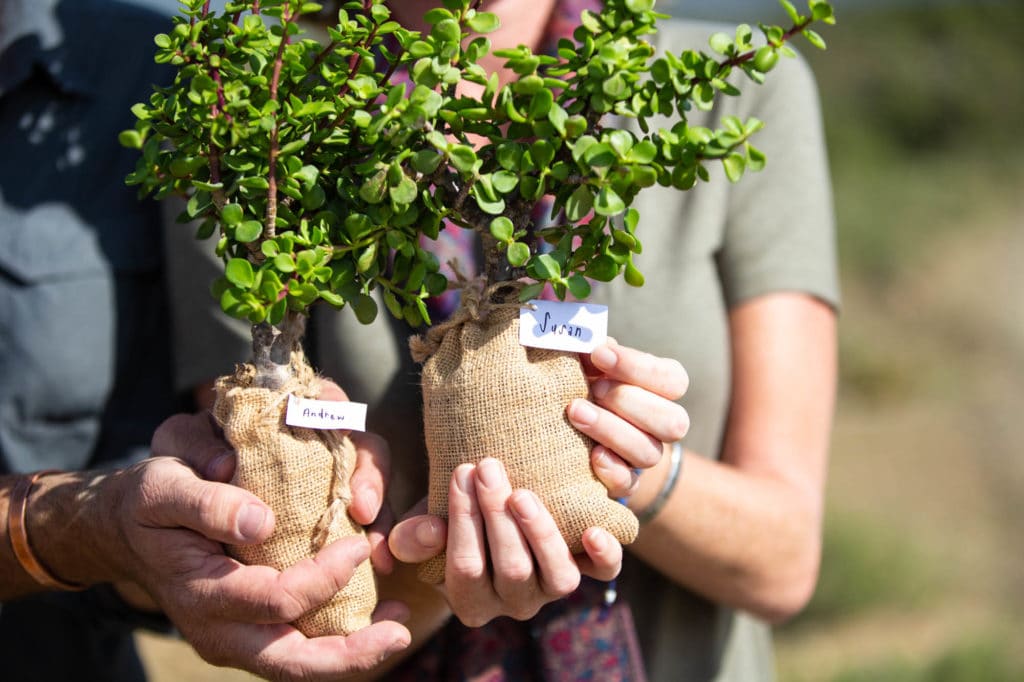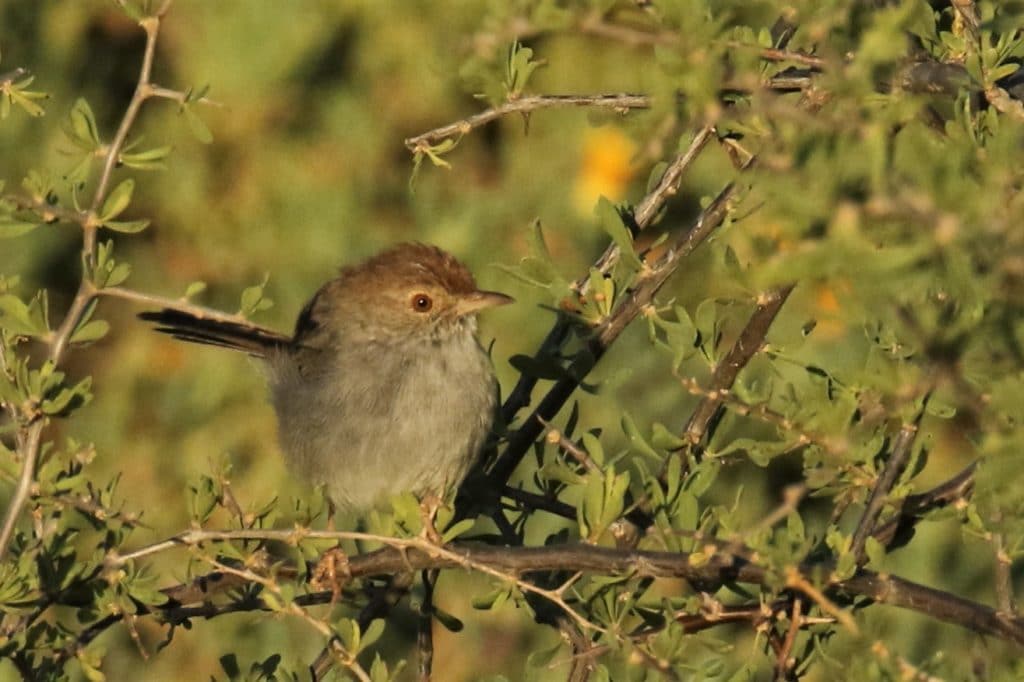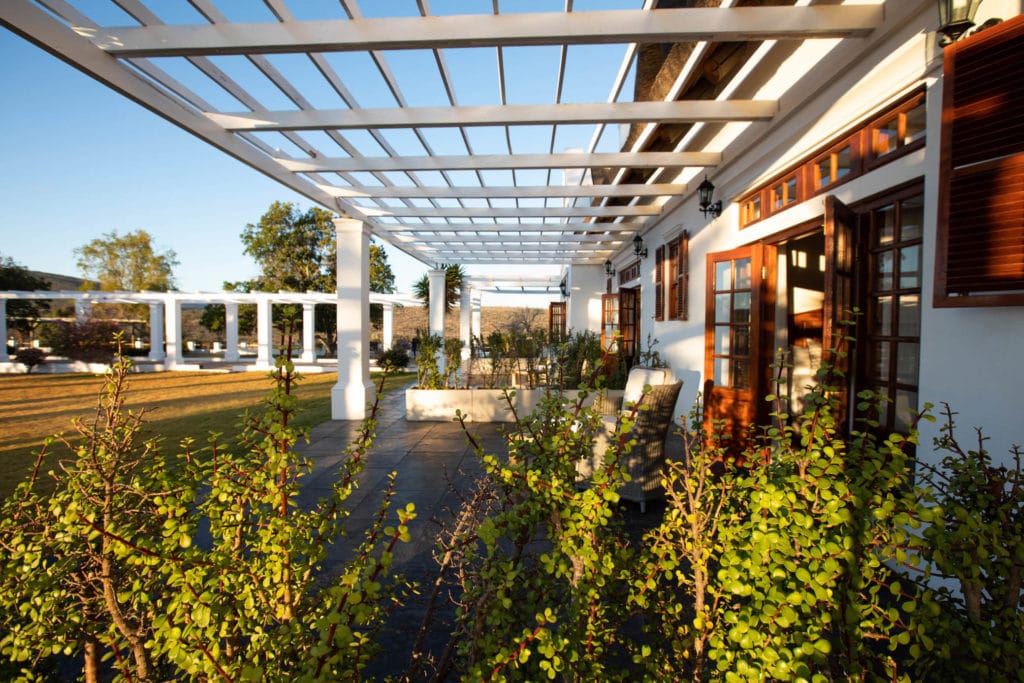The privilege of being able to take a deep breath of fresh, revitalizing air can be attributed to the oxygen champions of the earth – plants and trees that convert carbon dioxide into clean, breathable oxygen. One such champion is the South African spekboom – a distinct succulent tree that, when left to nature, grows in thickets that can span across kilometres of wilderness.
The land that we call home, here at Magic Hills Private Game Reserve, is also the natural habitat to some of the oldest spekboom thickets found in our country. Local folklore tells us that, prior to the degradation of the land by livestock farming, the thickets had grown so dense that a person could walk over them, without ever touching the ground.
We believe in restoring the land to this magnificent, original state.
But first, let’s learn about the spekboom and its benefits
The Portulacaria afra, or Spekboom, goes by many names: miracle plant, elephant food or elephant bush, a carbon champion, dwarf jade, wonder plant, and pork bush. (The direct translation of the word spekboom is “bacon tree”) Whatever the name, the spekboom tree is known throughout South Africa for its fascinating environmental, nutritional, and medicinal qualities.
#1 – Carbon Sequestration – The Spekboom Works Overtime All Year Round
While most trees photosynthesise during daylight hours, releasing oxygen during the day, and smaller quantities of carbon dioxide at night, the spekboom is able to store solar energy, using it to continue photosynthesis well into the night. What’s more, spekboom trees are evergreen, working all year round to soak up between 4 and 10 tonnes of carbon dioxide per hectare.
#2 – A Healthy Snack – The Spekboom is Edible
The spekboom is a tasty favourite for many wild game species, including elephants, black rhino and kudu – all three of which roam our reserve – but is also absolutely safe for human consumption. What’s truly remarkable is that the taste of the spekboom leaf changes from morning to night, starting off with an acidic taste at sunrise, while being milder on the tastebuds at sunset. Spekboom leaves can be added to a fresh summer salad and a sprig of spekboom is known to bring out delicious flavours in winter stews.
#3 – A Bug’s Life – Insects love Spekboom
In summer, spekboom thickets come out in prolific displays of nectar-rich, pink flowers – bursts of fragrant colour that attract butterflies, endangered bees and other insects. As a result, the spekboom attracts insect-eating birds, bringing flitting colour and birdsong to regions like ours.
#4 – A Spekboom a Day Keeps the Doctor Away
… Or so many of the local South African communities believe. The Spekboom leaf is rich in Vitamin C, which is certainly useful for overall wellbeing and immune strength in habitats where other sources of the essential vitamin may be scarce.
During times of drought or extreme heat, people have survived through drinking the sap of the spekboom leaf, which holds its moisture through the worst of conditions. Crushed spekboom leaves are applied as a balm and antiseptic for blisters and sores, and chewing the leaf is known to relieve sore throats and mouth infections.
#5 – A Fighting Spirit – the Spekboom is Tough
Like many of South Africa’s succulents, the Spekboom not only survives the rough elements of the wild but actually thrives on it. While many trees may die from being trampled by game, or pushed over by elephants, the Spekboom uses these occasions to spread, regenerate stronger, and even spawn entirely new plants. Where animals may eat of its leaves, the spekboom will sprout growth from that point with even greater proliferation than any other part – it truly is a wonder plant.
#6 – Spekboom is Easy to Cultivate
Because the spekboom is designed to thrive on destruction, cutting and cultivating a sprig of the plant can be achieved without difficulty. The no-fuss plant puts down roots with relative ease, consuming minimal water and withstanding elements well. Once well-rooted, the spekboom grows slowly, but consistently, bringing a burst of green life to home and gardens and wildernesses – all from one cutting.
The Spekboom Challenge: A Million Hectares
The Magic Hills Private Game Reserve sprawls across a diverse environment consisting of the Nama Karoo Biome (the outskirts of the Great Karoo) and the Thicket Biome. It is the natural home of the spekboom thickets of old, which were heavily impacted by farm settlers and their livestock, over 100 years ago. After decades of overgrazing, many parts of the land have been degraded to dust…. Until recently.
At Magic Hills Private Collection, we’re committed to land restoration on our reserve and to inspiring other landowners to do the same. We do this through the cultivation of spekboom cuttings, which are then planted across the thickets region of the reserve.
The future of South Africa’s thickets go far beyond our 20 100 hectares, and so we’re partnering with many of our neighbours to share spekboom restoration ideas and learn from each other’s experiences.
Some of the questions that we hope to collectively answer, and formulate actionable solutions for, are:
- How do we reduce the impact of herbivores on our cuttings? Some options may include repellents, fences, limiting the supply of drinking water for herbivores, planting hundreds of thousands of cuttings and increasing natural predation.
- What maximises rooting? Is it how we cut the sprigs? Is it the plant site where the cutting is taken from? Is it related to the condition of the mother plant or the condition of the stem on the mother plant?
- Root VS Rot: Is watering necessary for rooting or could watering promote rotting?
- Why do termites attack some cuttings, and is it a problem? Can the roots still emerge after a termite attack?
- How do we reduce our costs of restoration? Can we mechanise part of the operation?
- How do different soil types and condition of soil (e.g. from degraded veld versus intact thicket) affect the rooting and growth of the plants?
Our goal: A million hectares of self-sustaining spekboom thickets, in ten years. Forming part of about 1% of South Africa’s total land area, we believe this will make a powerful impact on air quality, carbon emission sequestration, and will be a starting point for even greater regreening and land restoration projects to come.
If you’d like to find out more about the land rehabilitation or wildlife conservation work that we do at Magic Hills, please don’t hesitate to get in touch with us, or follow us on social media. We love hearing from people who share our love for the earth, and welcome thoughts, partnerships and ideas.
042 246 1539 / info@magichills.com
We love to involve our guests, by allowing them to help us restore our landscape. Birdlife at Magic Hills – our local insect-eaters love the Spekboom, for attracting a variety of tasty insects to sample. The Miracle Plant – Spekboom are just beautiful, whether in the home, in the garden, or in the wild. Just look how pretty they are at Ilanga Manor!






